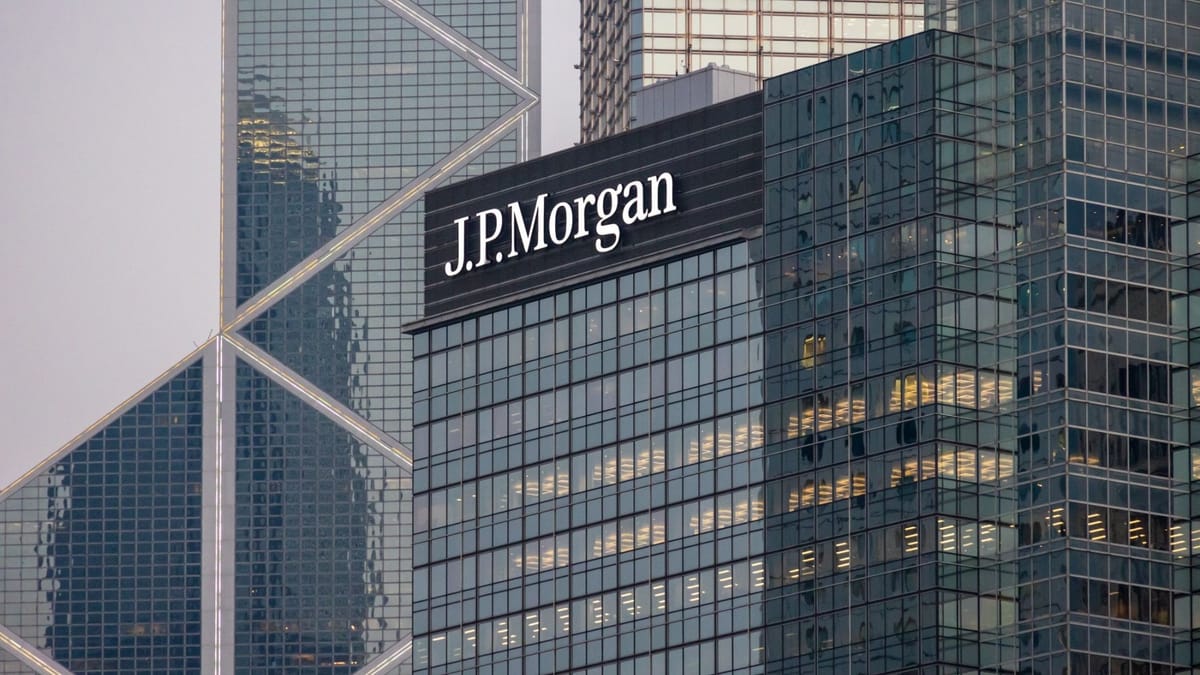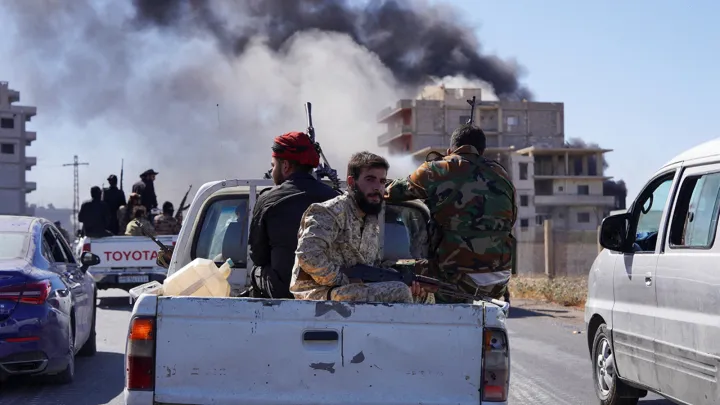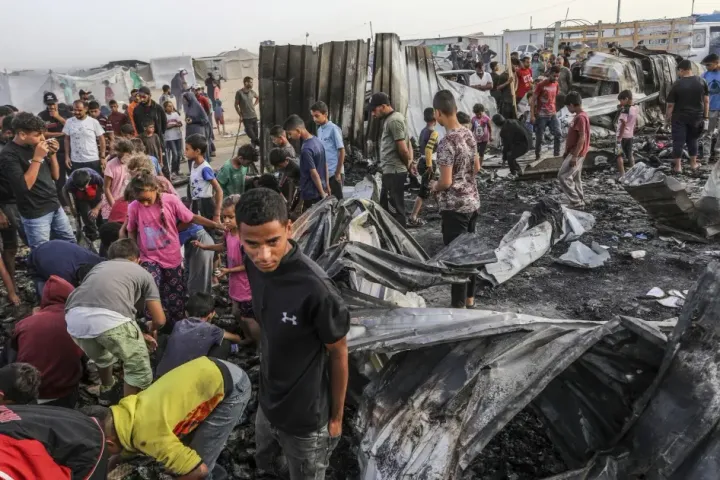Ukraine-Russia Ceasefire 2025: JPMorgan’s Four Scenarios that Could Change the Course of War
JPMorgan’s latest outlook maps four Ukraine-Russia ceasefire scenarios for 2025, highlighting global impact and where the conflict could lead.

Tensions between Russia and Ukraine remain a central focus of global geopolitics. However, a new analysis from JPMorgan Chase & Co. offers a fresh perspective by predicting a potential ceasefire between the two countries in 2025. In its latest report, JPMorgan outlines four geopolitical scenarios, emphasizing the high uncertainty in the region while providing a clear picture of the global economic impact if a Ukraine-Russia ceasefire is achieved.
Four Ukraine-Russia Ceasefire Scenarios
JPMorgan divides the prospects for peace into four main scenarios. Each scenario presents the possibility of significant shifts for global markets, energy policy, and regional political strategies.
Scenario 1: Temporary Ceasefire
In this scenario, war fatigue on both sides is the main driver. International pressure from the United States, European Union, and China pushes Russia and Ukraine to sign a temporary ceasefire. Although not a permanent peace, this move is expected to lower conflict escalation at the front lines, reduce weapons supply, and open broader channels for negotiation.
The immediate economic impact is a drop in energy and food prices, alongside positive responses in global financial markets. Europe could reduce its emergency energy policies, which have weighed on many national budgets.
Scenario 2: Frozen Conflict
If a ceasefire cannot be reached, a “frozen conflict” remains likely. This has previously occurred in Donbas and Transnistria, where both sides maintain restraint but never reach a true peace. The status quo is preserved, and disputed territories remain in limbo.
In this scenario, the risk of sudden escalation remains high. Investors tend to be more cautious, capital flows to Eastern Europe slow, and regional stability remains fragile.
Scenario 3: Limited Escalation
JPMorgan also considers the scenario of limited escalation. The conflict continues but is restricted to limited attacks such as sabotage or sporadic missile strikes. NATO and neighboring countries could become indirectly involved, raising geopolitical tension.
Oil and gas prices could spike again, Europe risks stagflation, and global economic recovery would be hampered.
Scenario 4: Total War
Most extreme, the conflict could transform into total war with large-scale military operations. Russia and Ukraine intensify their attacks, Western military aid flows heavily, and risks spread to countries like Poland or Moldova. Global markets would be shaken, food and energy prices would soar, and a European recession would be hard to avoid.
Ceasefire Drivers
JPMorgan assesses that the chances of a ceasefire or frozen conflict are increasing in 2025. Resource exhaustion, diplomatic pressure from major powers like China and the US, and domestic political dynamics in both Russia and Ukraine are the main factors. However, JPMorgan also warns that a ceasefire does not always mean permanent peace, considering the long history of frozen conflicts in former Soviet territories.
Economic Impact and Market Reactions
If a Ukraine-Russia ceasefire is reached, energy and food prices are expected to stabilize, European stock markets would recover, and investor capital would flow back into the region. Conversely, if the conflict escalates, the world could face renewed energy crises, high inflation, and prolonged recession.
New Dynamics in 2025: Politics and Resource Fatigue
JPMorgan’s report also notes that Western aid to Ukraine is increasingly hampered by domestic political dynamics, both in the US and Europe. Meanwhile, Russia faces internal economic pressure from sanctions and a loss of human resources. The result of the US presidential election is also expected to alter Washington’s foreign policy direction toward Ukraine.





Comments ()